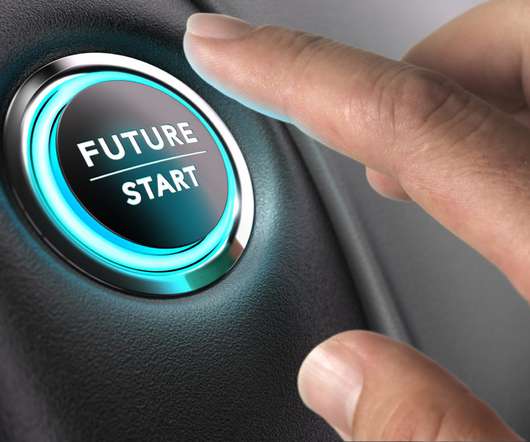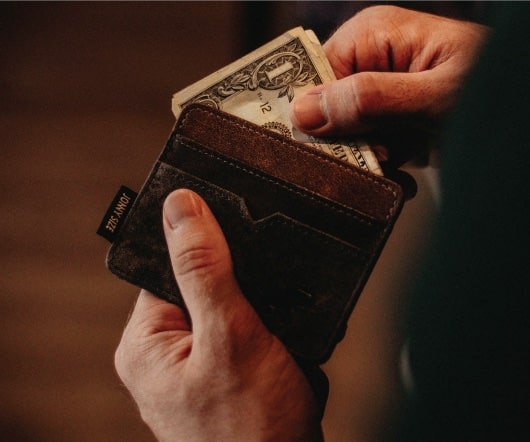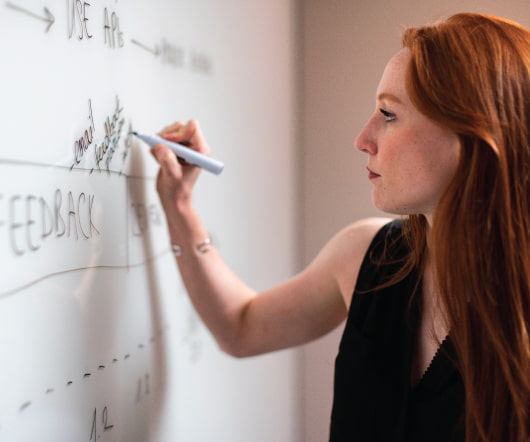Review: When Millennials Take Over
Spark Consulting
MARCH 13, 2015
I recently had the opportunity to read a review copy of When Millennials Take Over , a new book by Jamie Notter and Maddie Grant of Culture That Works designed to help us get past the freak out and to a “ridiculously optimistic” view of the future of work. Sounds hard, right? And that’s a good thing.




















Let's personalize your content